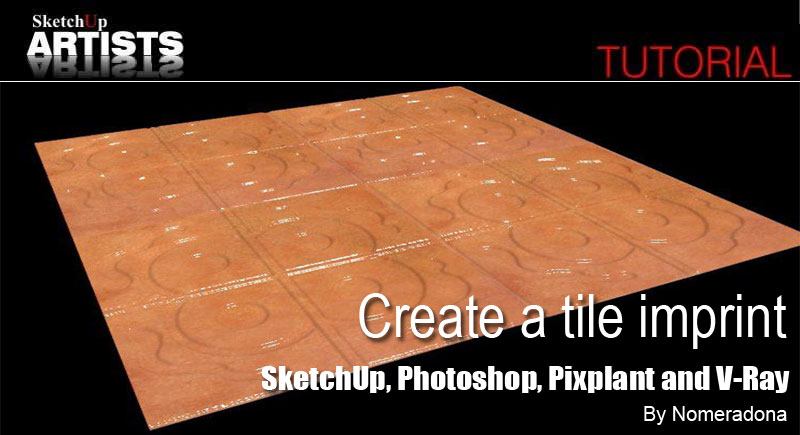

Right click on the layer you want to add an alpha channel.Therefore, on the image you're already working, go to the Layer window (if you don't have it, menu Windows->Dockable Windows->Layers): It's like an alpha channel but with a different name BUT gimp doesn't see it as an alpha channel until you apply it. Use the code from previous section to combine the textures into Diffuse_specular, Normal_height textures.You should now have four different textures:.80 is about right, but it depends on the source texture, naturally. Adjust the Intensity value of the Specular channel - too much will make the terrain look weird.Fire up PixPlant and File->Load Texture->dirt.jpg.PixPlant is powered by Ogre and is a highly recommended texture tool! Get the nVidida texture tools (DDS Utilities) and convert the output textures to dds.

Ogre::ResourceGroupManager::DEFAULT_RESOURCE_GROUP_NAME, Ogre::PF_BYTE_RGBA) Ĭombined.save("moos1_diffusespecular.png") Ĭombined.loadTwoImagesAsRGBA("moos1_NORM.tga", "moos1_DISP.bmp",

Generate the maps by running the bat script, once for each texture.Replace the directory and texture name with what you want to generate maps for. Create a bat file with the following contents:.Get ShaderMap CL from (Link no longer works, try ).The following shows different ways to create a working set of terrain textures. It's important to have the textures in the right format, otherwise the terrain is not going to look right. The default material generator of the Ogre Terrain Component uses two textures per layer:


 0 kommentar(er)
0 kommentar(er)
